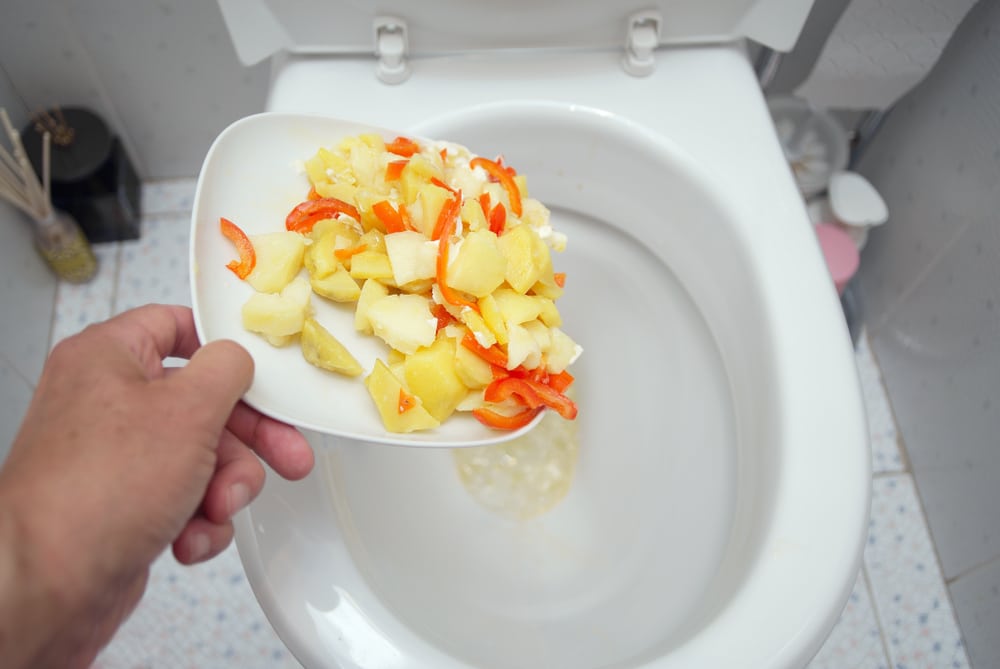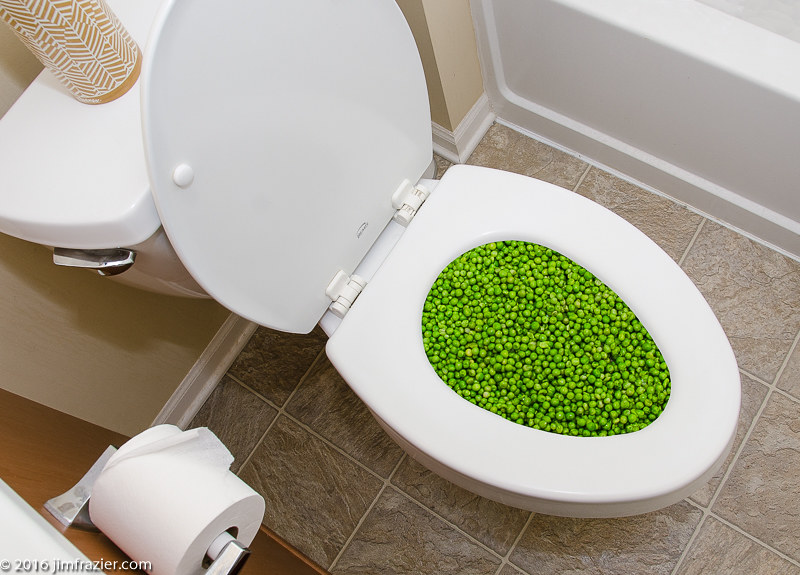Are You Capable to Dispose of Food Down the Toilet?
ArticleWere you in search of facts concerning Flushing Food Down the Toilet??

Introduction
Many people are usually faced with the predicament of what to do with food waste, especially when it involves leftovers or scraps. One typical concern that emerges is whether it's okay to flush food down the bathroom. In this short article, we'll look into the reasons why people could think about flushing food, the effects of doing so, and alternative methods for proper disposal.
Reasons that people may think about purging food
Absence of understanding
Some individuals might not know the possible injury triggered by flushing food down the bathroom. They may incorrectly think that it's a harmless method.
Benefit
Purging food down the bathroom may appear like a fast and easy solution to throwing away unwanted scraps, particularly when there's no neighboring garbage can readily available.
Laziness
In some cases, people might just choose to flush food out of sheer negligence, without taking into consideration the effects of their actions.
Effects of flushing food down the commode
Environmental effect
Food waste that winds up in waterways can add to contamination and injury marine communities. In addition, the water used to purge food can stress water sources.
Plumbing issues
Purging food can cause clogged up pipelines and drains, creating costly pipes repair services and inconveniences.
Types of food that need to not be purged
Fibrous foods
Foods with coarse structures such as celery or corn husks can get tangled in pipelines and cause obstructions.
Starchy foods
Starchy foods like pasta and rice can absorb water and swell, leading to blockages in pipelines.
Oils and fats
Greasy foods like bacon or cooking oils ought to never be purged down the toilet as they can solidify and cause blockages.
Correct disposal methods for food waste
Utilizing a garbage disposal
For homes equipped with waste disposal unit, food scraps can be ground up and purged via the pipes system. Nonetheless, not all foods appropriate for disposal in this manner.
Recycling
Particular food packaging materials can be recycled, minimizing waste and lessening environmental impact.
Composting
Composting is an environmentally friendly way to take care of food waste. Organic materials can be composted and made use of to improve dirt for gardening.
The value of appropriate waste monitoring
Minimizing ecological harm
Correct waste administration techniques, such as composting and recycling, assistance minimize contamination and maintain natural deposits for future generations.
Shielding pipes systems
By preventing the practice of flushing food down the commode, house owners can prevent expensive pipes fixings and maintain the honesty of their pipes systems.
Conclusion
In conclusion, while it may be appealing to purge food down the bathroom for ease, it's important to recognize the prospective repercussions of this action. By embracing appropriate waste monitoring practices and taking care of food waste responsibly, people can add to much healthier plumbing systems and a cleaner environment for all.
FLUSH FOOD DOWN THE TOILET?
FLUSHING FOOD CAN CAUSE BLOCKED DRAINS IN YOUR HOME
All of the plumbing fixtures in your home are connected to the same sewer pipe outside of your home. This outdoor sewer pipe is responsible for transporting all the wastewater from your home to the Council sewer mains. Even small pieces of food that go down the kitchen sink can cause problems for your sewer. It should therefore be obvious that flushing larger bits of food, such as meat, risks a clog in either the toilet itself or the sewer pipes. Flushing greasy food is even more problematic because oil coagulates when it cools, coating the interior lining of your pipes.
THE TOILET IS NOT A BIN
Food isn’t the only thing that people shouldn’t be flushing down the toilet. People use the toilet to dispose of all kinds of things such as tampons, makeup wipes, dental floss, kitty litter and even underwear. Water goes to great lengths to educate residents about the high costs and stress placed on wastewater treatment systems simply from people flushing the wrong stuff down the toilet. It costs taxpayers millions of dollars each year, and homeowners thousands in blocked drain repairs.
FLUSHING FOOD IS A WASTE OF WATER
Flushing food is a waste of our most precious resource - water. In June this year Level 1 water restrictions were introduced to protect water supply from drought conditions. Much of New South Wales continues to be affected by prolonged drought with recent figures revealing up to 97 per cent of the state remains in drought. Depending on whether you have a single or dual flush toilet, every single flush uses between five and 11 litres of water. In the current climate this is a huge amount of water to be wasting on flushing food that should be placed in the bin (or better yet, the compost).
https://www.jabplumbingsolutions.com.au/blog/can-you-flush-food-down-the-toilet

We were made aware of that report on Flushing Food Down the Toilet? from a friend on another web blog. Don't hesitate to pause to distribute this page if you appreciated it. Thanks a bunch for your time. Return soon.
Call Today